Once considered the epitome of automobile fashion and luxury, whitewall tires provide a classic finish to vehicles that is reminiscent of era’s past. And although you can’t get whitewalls as an added accessory from the factory anymore these days, the style has remained a staple in certain car culture circles like hot rods, VW’s and classics.
If you’ve ever owned a car with a set of whitewall tires, you know they’re definitely more work to keep clean than the standard black wall tires used today. Jay’s got a few cars in his collection that sport the whitewall look, and we’re always working to keep them looking their best.
In today’s blog post, we’ll cover some of the basic care tips we use at Jay’s garage, and hopefully they'll help you keep your whitewall tires looking their whitest.
But first, a little history on whitewall tires. What are they and how did they even come to exist?
To start, rubber tires were originally entirely white in color. Rubber in its natural form does not age or wear well. Because of this fact, tire manufacturers began blending specific materials with the natural rubber to achieve different characteristics. One of those materials was zinc oxide. The zinc oxide helped with traction of the finished tire, but it was also a contributing factor that caused the tire to be completely white, tread included. By today’s standards, an all-white tire might look funny, but in their day they were the height of luxury. See the picture below:
Black tires didn’t emerge until manufacturers began blending carbon black into their rubber as a reinforcing filler. The carbon black increased the strength & durability of the rubber, but more importantly, it helped conduct heat away from specific areas of the tire. In an attempt to increase the lifespan as well as limit the amount of thermal damage endured by the tires, manufacturers began blending carbon black into the rubber and using it as the treaded surface of the tire, while leaving the side walls white. In the early 1900’s, you could buy tires with black tread and a white sidewall. This signaled that you had the best set of tires money could buy, and thus the trend was born. By the 1930’s, you could get whitewall tires on just about any car made, and customers flocked to the fashion statement.
In the early 1900’s, you could buy tires with black tread and a white sidewall. This signaled that you had the best set of tires money could buy, and thus the trend was born. By the 1930’s, you could get whitewall tires on just about any car made, and customers flocked to the fashion statement.
The biggest downside to installing a set of whitewalls on your car is simply keeping them clean. They scuff easily, show even the slightest amount of dirt, and god forbid you accidentally run up onto a curb (who remembers curb feelers?). And even if you don’t drive the car, the whitewalls want to turn yellow and brown just from being exposed to the elements. Needless to say, they’re a little high maintenance, especially when compared to their black wall counterparts. Here’s some of the tips & tricks we use to keep Jay’s whitewalls looking their best year-round.
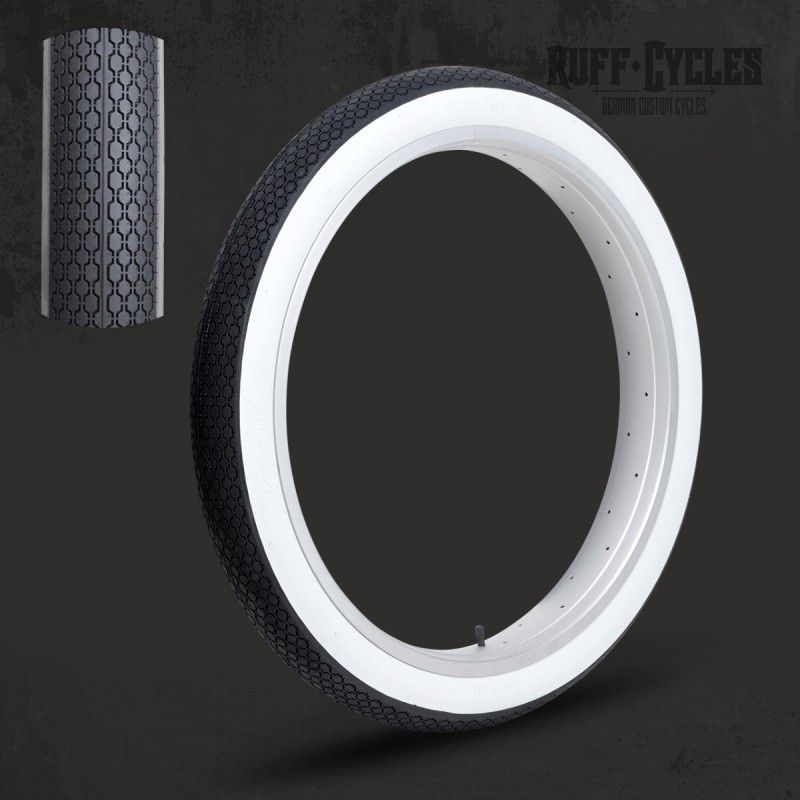 You want to steer clear of any harsh household cleaning products, or products that may contain alcohol or chlorine bleach. These may work in the short term, but they will also dry out the surface of the tire and cause premature wear.
You want to steer clear of any harsh household cleaning products, or products that may contain alcohol or chlorine bleach. These may work in the short term, but they will also dry out the surface of the tire and cause premature wear.Pro tip: for really stubborn yellow or brown staining, you can also use a scrub pad, or even sand paper to slowly and gently remove the yellowed layer until the white layer below shows through.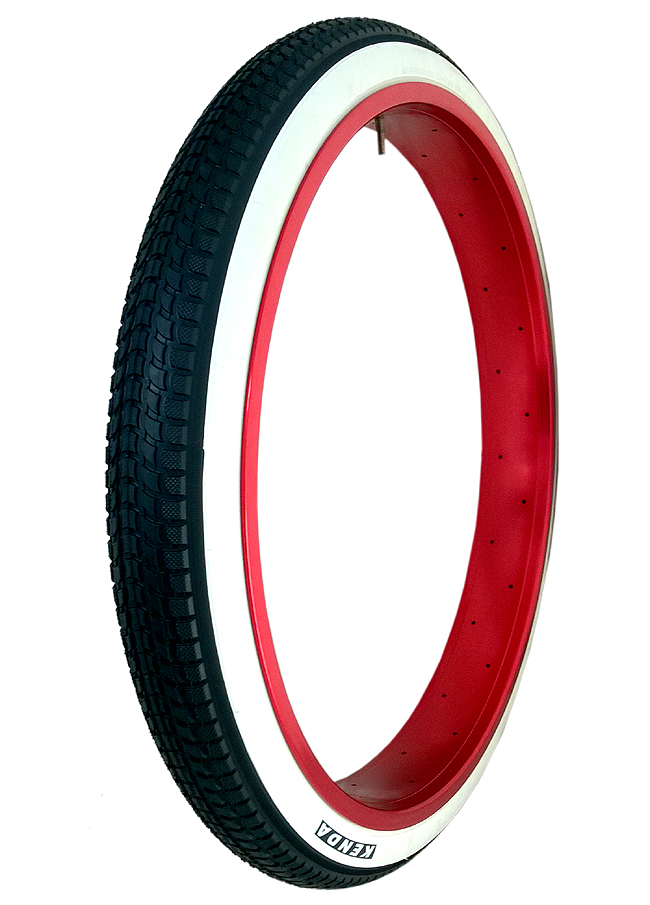
Frequent and routine cleaning will help keep your whitewalls looking their best. You can also use a quality tire dressing to help combat the harmful effects of the sun. Our Tire & Trim Care leaves behind a nice satin sheen, while shielding against harmful UV rays. It’s our go-to dressing when caring for Jay’s collection.
Hopefully these tips will help you the next time you're faced with the task of cleaning whitewall tires. If you have any questions or suggestions, leave them in the comments below. If you'd like to see us cover other popular detailing topics, drop us a line at [email protected].
Chris Walters
Older Post
Newer Post
Home » How to Clean Whitewall Tires With Ease
There is something special about clean whitewall tires. Upon first impression, they conjure up images from the past, for the younger generation, mostly from movies. Some things belong in the classic genre, and classics never die. Such is the case for these stylish tires.
Upon first impression, they conjure up images from the past, for the younger generation, mostly from movies. Some things belong in the classic genre, and classics never die. Such is the case for these stylish tires.
Back in the day, all tires were white due to the zinc oxide used in the tire manufacturing industry. This chemical compound was used to prevent or delay premature rubber wear. Even though perceived as luxurious, all white tires soon gave way to carbon black tires.
Whitewall tires mounted on a Mercedes.Carbon black tires took over the industry as it was deemed that these tires better conserve the rubber and provide superior traction power than the outmoded all white ones.
Whitewall tires will give your vehicle a special flair and old-school charm, if you keep them clean of course. There is hardly anything more unflattering on a car than dirty whitewall tires.
Tools for the JobAs you can imagine these types of tires get dirty quite easily; white is not the ideal color for rolling around on the ground! But if you’re willing to put in some extra effort and do a little bit of maintenance for that extra sense of class, here are the tools for the job you will need:
 Cleaner designed specifically for whitewall tires
Cleaner designed specifically for whitewall tiresTo get the desired result you need to use a cleaner that is specifically designed for whitewall tires. In order to conserve your whitewall tires DO NOT use household cleaners that contain chlorine and/or alcohol, the same goes for tire cleaners that contain those elements. They will get the job done but they will definitely have a negative long-term impact on your tires. The best option is to use an all-natural whitewall cleaner.
First, wet your tires and use a wet SOS pad to pre-rinse. Next, spray the cleaner on the whitewall. If your chosen tire cleaning product is in liquid form, rather than spray, mix the product in a bucket with water. Soak your SOS pad in the mixture and wipe on the tire. After you’ve let the cleaner sit for a bit, it should help break down the dirt on your tires and intensify the white shine.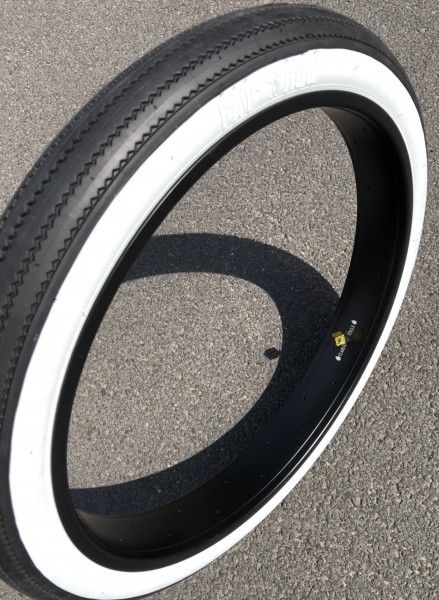 After the cleaner worked its magic for about 5 minutes, the rinsing should start.
After the cleaner worked its magic for about 5 minutes, the rinsing should start.
Use your scrub brush to give the walls a thorough and vigorous cleaning. To get the best result, you should put some elbow grease into your scrubbing. Rinse your tires every few minutes while you wash them to see how clean they are getting. Reapply your cleaning product and continue until you are satisfied with the results after rinsing. After you have scrubbed your tires clean, use the pressure washer or hose to rinse them off thoroughly.
Tough StainsSometimes these tires can get brown and yellow stains which are not easy to clean. In this case you may have to use sandpaper or a scrub pad. You need to do this task with a light hand so as to not damage the tire while removing the layered build up of dirt and grime. Sand away the yellowed layer slowly and gently until a bright white layer emerges underneath and rinse the tires afterward.
Extra WhiteIn order to really accentuate the white on your whitewall tires, you can use baking soda.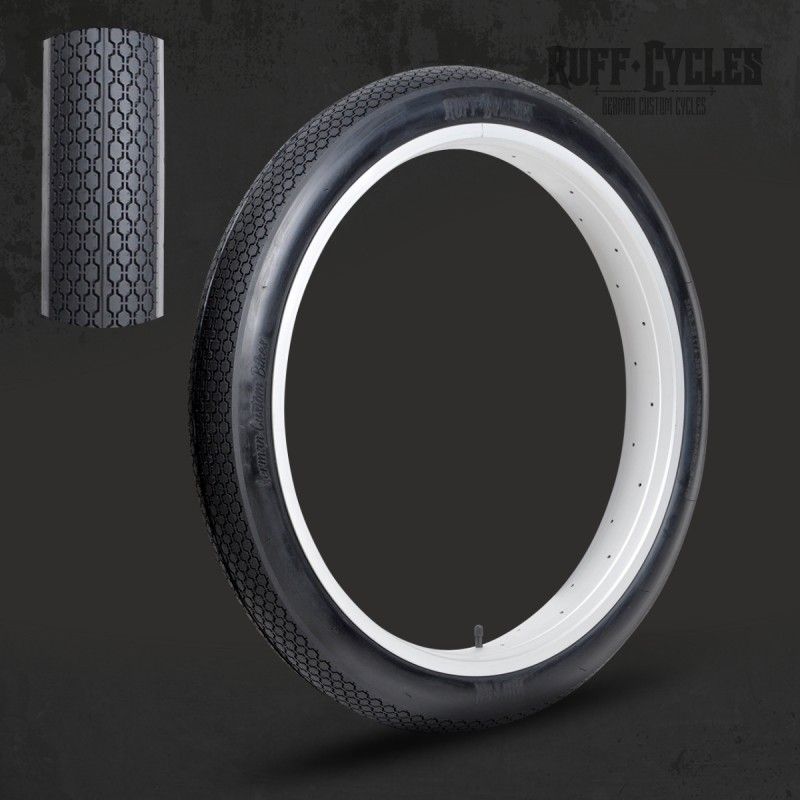 Sprinkle baking soda onto a damp cloth or sponge. Wipe the surface of your whitewall tires in small, circular motions. Rinse the tires clean. Rinse the cloth and reapply baking soda every few minutes until you’re satisfied with the results. You can also use eraser cleaning pads. Wet both the pad and your tires and wipe the tires down in small, circular motions. For best results, rinse or replace the pads between tires.
Sprinkle baking soda onto a damp cloth or sponge. Wipe the surface of your whitewall tires in small, circular motions. Rinse the tires clean. Rinse the cloth and reapply baking soda every few minutes until you’re satisfied with the results. You can also use eraser cleaning pads. Wet both the pad and your tires and wipe the tires down in small, circular motions. For best results, rinse or replace the pads between tires.
After you’ve put all this valiant effort into making sure your whitewall tires look just the way you want, the next task is to keep them in that state for as long as possible.
Racing tires with white sidewall.To maintain that white shine and prevent heavy duty cleaning you need to repeat this process at least twice a month. Use water, whitewall tire cleaner and a rag or sponge. If you do this frequently enough (a weekly cleaning would be optimal) a gentle soap should be effective enough to use.
If there is persistent dirt or discoloration, which is less likely if tires are regularly cleaned, research your options and use a stronger whitewall tire cleaner and scrub pad.
You can also use a water-based dressing to give your tires shine and protect them from harmful UV rays. Purchase the dressing and a foam applicator for it in the automotive department of most department stores, or online. Apply the foam to the applicator and wipe it onto your tires evenly until the desired effect is reached.
It takes some effort to keep your whitewall tires looking their best, as beauty takes patience and maintenance. But there is no replacing that feeling of freedom and individuality when you roll out on the street, sporting your clean, shiny whitewall tires.
(
Updated:
27/07/2020
)
Contents of article
The right technology and the right detergents will help get rid of brake dust and gravel stuck in the tread, improving the safety of the car, driver and passengers.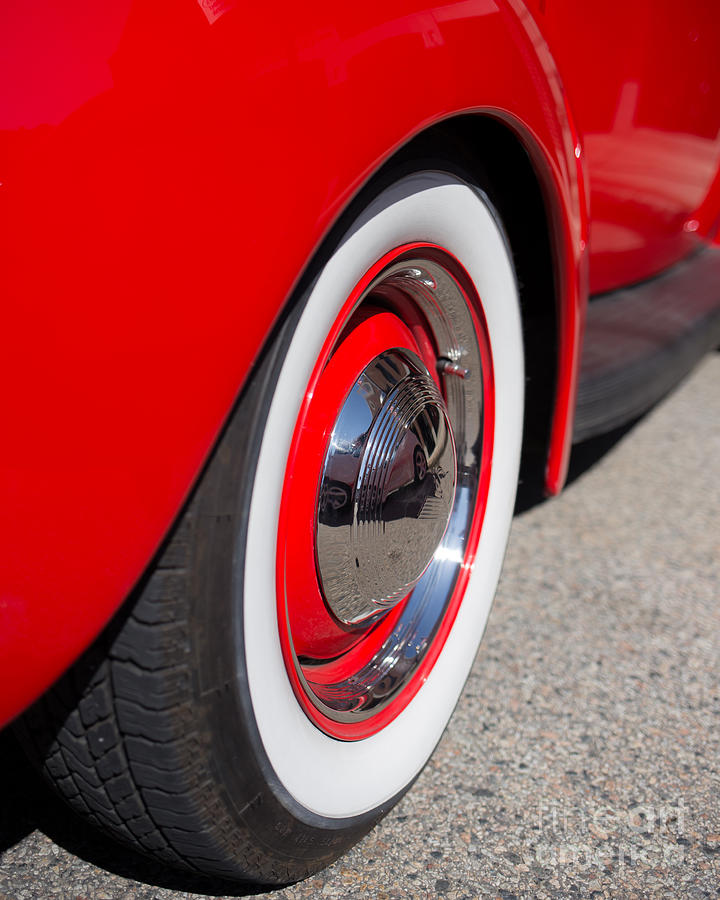
How to wash tires we will tell in this article.
To clean the wheels from dirt, dust and oil residues, you will have to act according to the following plan:
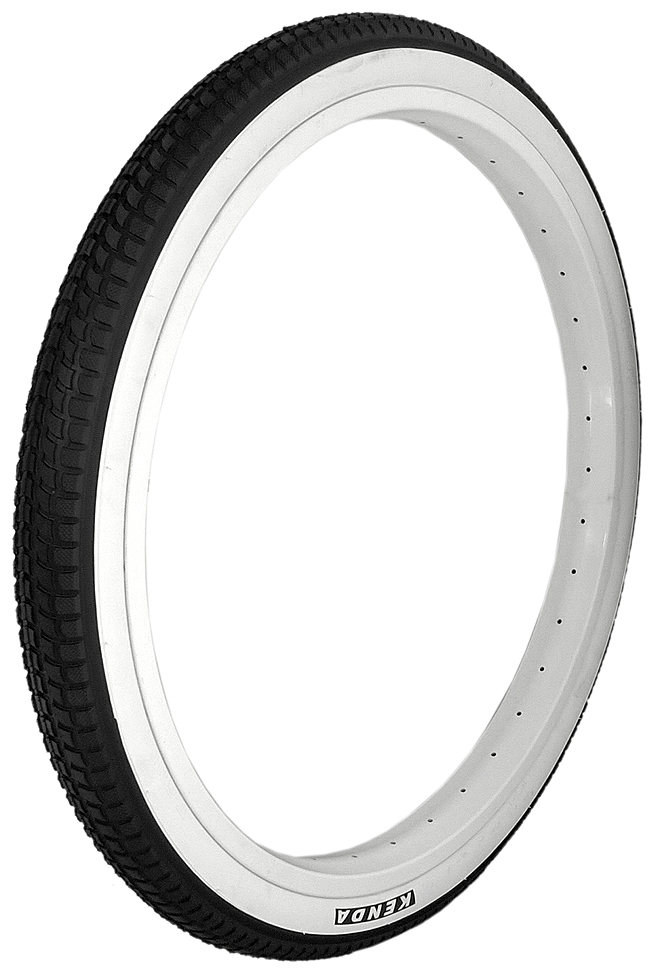 The wheel should not be treated with the same napkin as the car body. Traces of solvent or oil will stain the cleaned rubber.
The wheel should not be treated with the same napkin as the car body. Traces of solvent or oil will stain the cleaned rubber. In the final, the wheel is applied with a protector that protects the tires from the harmful effects of ultraviolet radiation.
To clean dried-on dirt from rims and wheels, you will need a machine that generates high-pressure water. Such installations are produced by American and European companies, so they are quite expensive, but they can be replaced with an ordinary hose and a special nozzle that accelerates the water jet to a pressure sufficient to clean the car.
To remove residual dirt, you will need a medium-hard bristle brush and a cleaning solution that is used to treat wheels and rims. This solution can be prepared from household chemicals found in the kitchen or bathroom, or bought at an automotive store. Moreover, store products are divided into universal foam cleaners and solutions based on weak acids, which can only process car rims. By the way, if you don’t know how to wipe rubber off a car, try this solution.
By the way, if you don’t know how to wipe rubber off a car, try this solution.
To wash the wheels of cleaning products, you need the same high-pressure apparatus or a hose with a nozzle. But as a napkin that will wipe off the remaining water, you need to use only clean microfiber from the package.
Summer Drive Protection Sound Comfort
Rating:
4.5
Tires Goodyear Eagle F1 Asymmetric 3 SUV
Summer Drive Protection
Rating:
4.5
Tires Goodyear Eagle Sport TZ
Summer Drive Protection
Rating:
4.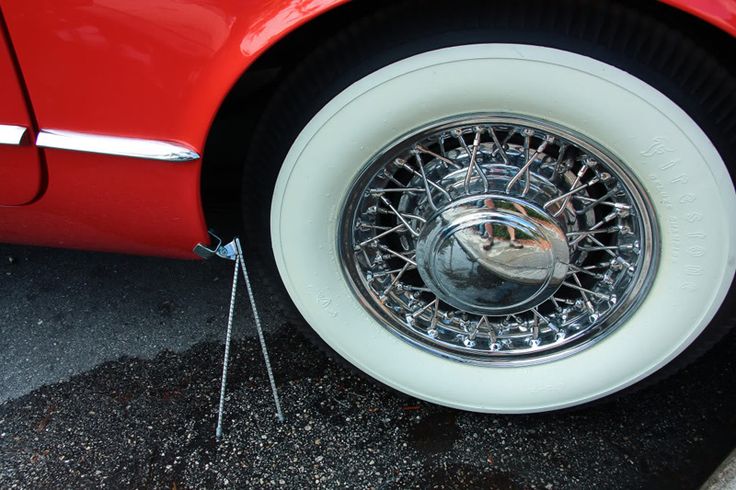 5
5
Tires Goodyear EfficientGrip 2 SUV
Summer Drive Protection Run On Flat
Rating:
4.5
Tires Goodyear EfficientGrip Performance
Winter Drive protection
Tires Goodyear UltraGrip Arctic 2 SUV
Winter Drive Protection Sound Comfort
Rating:
4.5
Tires Goodyear UltraGrip Ice 2
Winter Drive Protection Sound Comfort
Rating:
4.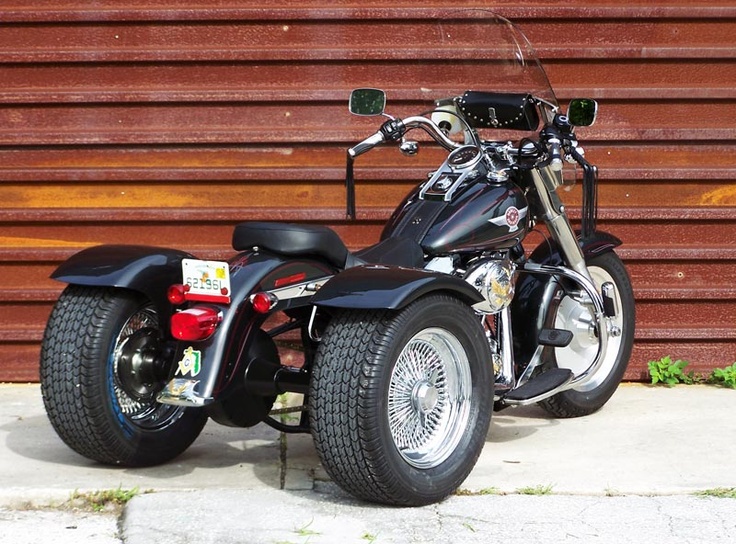 5
5
Tires Goodyear UltraGrip Ice SUV
Winter Drive protection
Tires Goodyear UltraGrip Performance+ SUV
All season Drive Protection
Rating:
5
Tires Goodyear Vector 4Seasons Gen-3 SUV
Summer Drive Protection Run On Flat
Rating:
4
Tires Goodyear Wrangler HP All Weather
All season Drive Protection
Rating:
4.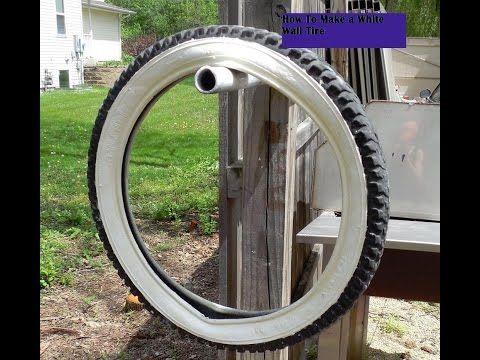 5
5
Tires Goodyear Vector 4Seasons
Summer
Rating:
4.5
Tires Goodyear Wrangler All-Terrain Adventure with Kevlar
Summer Drive Protection
Rating:
4.5
Tires Goodyear EfficientGrip SUV
Summer Drive Protection Run On Flat
Rating:
4
Tires Goodyear Eagle F1 Asymmetric SUV
To prepare a solution that can clean dirt from tires, dilute in a small amount of water to half a standard bottle of dishwashing detergent. Pour the resulting concentrate into a container into which it is convenient to dip a car brush. Thanks to the abundance of surfactants found in dish detergent, a homemade solution will clean tires as well as a factory cleaner.
Pour the resulting concentrate into a container into which it is convenient to dip a car brush. Thanks to the abundance of surfactants found in dish detergent, a homemade solution will clean tires as well as a factory cleaner.
Rules for the use of home remedies that can clean wheels are similar to the recommendations of manufacturers of commercial drugs. Before treating tires and rims with home remedies, make sure you wash the tires. Otherwise, brake dust and gravel residues will turn into abrasive particles that can scratch the tread when you scrub it off dirt with a brush or sponge. Do not try to clean the wheel with an old cloth that has been used to clean the engine compartment or bodywork - it will stain the wheel with oil or gasoline.
Find Goodyear tires for your car
Spring has come, it's time to flaunt white sneakers: warm, beautiful and puddle jumping comfortably. But due to dirt and slush, white shoes have to be cleaned quite often. Roskachestvo tells how to use home remedies to put your favorite white sneakers in order without ruining them.
Roskachestvo tells how to use home remedies to put your favorite white sneakers in order without ruining them.
Take out the laces and insoles - you will clean them separately. The shoes can be photographed beforehand, otherwise it can be difficult when you decide to restore the lacing, experts at the non-profit consumer organization Which? say.
How to wash laces and insoles
You can wash the laces like a normal fabric: with soap or powder. The insole can be pre-treated with soda: mix it with water in a ratio of 1 to 1 and spread the gruel over the insole - this will help get rid of the smell. After half an hour or an hour, you can wash off the mixture with water and wash the insole with powder or dry it immediately.
Tap the soles of your sneakers together and scrub the soles with a dry toothbrush to remove the bulk of the dried dirt.
Specialists of "Which?" it is recommended to take washing powder - liquid (transparent) or crumbly (but always white) - and slightly dilute it with water, then apply it to a soft cloth or brush (but not to the sneaker itself).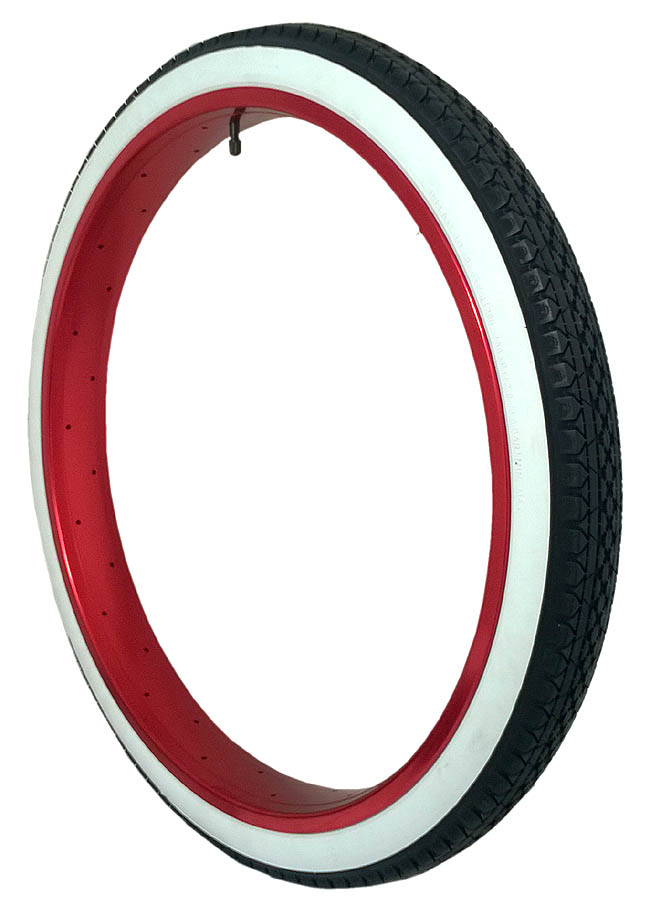 Rub the solution into the shoes in a circular motion.
Rub the solution into the shoes in a circular motion.
The stained area can also be treated with a solution of soda and water (1 to 1) and wait about 30 minutes. Next, gently wipe the shoes with a damp cloth to remove traces of soda and soapy water (if you can’t completely get rid of soap marks, rinse the shoes with water). This "ritual" can be done several times until the stain disappears.
If a difficult stain is beyond the power of home remedies, you will have to go for a stain remover. Choose an oxygen-based bleach.
You can also use powder for cleaning, including bleaching powder (preferably liquid, since crumbly can act as an abrasive), but ideally replace it with a special cleaner for leather shoes.
To combat stains, you can also use soda (the method described above) or a weak solution of white vinegar (1 tablespoon per liter of water).
Unlike cloth, leather sneakers don't need to be soaked in plenty of water to remove soap marks, so limit yourself to a damp cloth.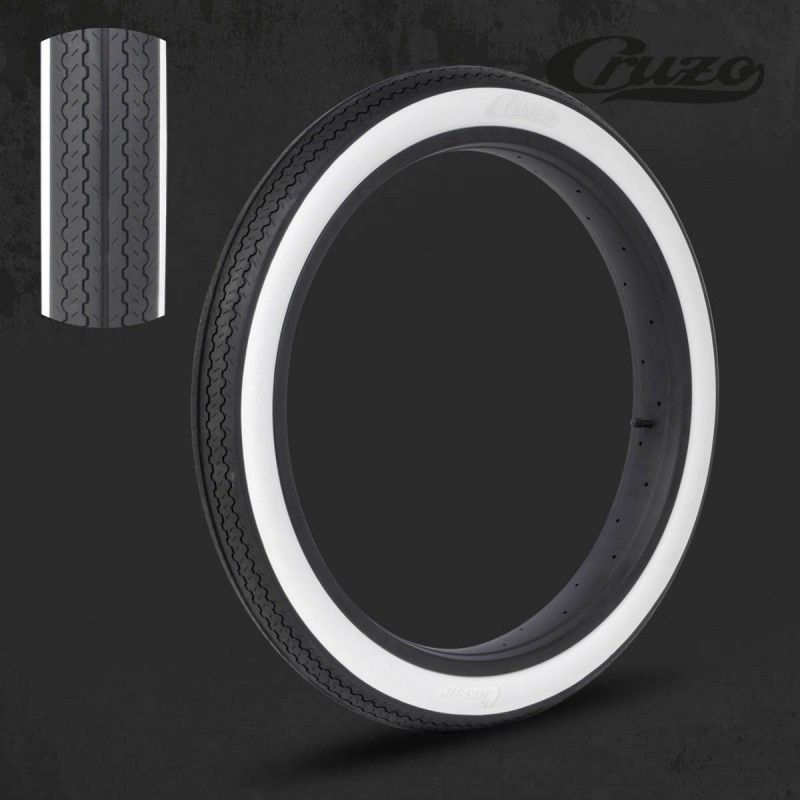
But this category of shoes is the most whimsical, and it can be quite difficult to cope with pollution with improvised means alone, without damaging the material. Therefore, the following recommendations will involve the use of both improvised and special tools.
The first thing to remember is that suede and nubuck cannot be washed with water or wiped with a wet cloth (but you can walk with a very well-wrung cloth). Water stains will remain on suede and (especially) nubuck, paint will flow.
Use a special cleaner for suede and nubuck. Spread the foam over the shoes, gently rub in (so as not to damage the pile), let it soak in and remove with a dry brush or cloth. You can repeat the procedure several times.
If there are stains, try a special eraser for shoes (sometimes a regular clerical eraser helps - for this, choose a non-colored, soft one and rub with minimal pressure).
Folk methods can also help with stains. Dissolve one tablespoon of vinegar in one liter of water. Moisten a cotton pad, wring out and apply to the stain for several hours. The cotton wool should be damp, but it should not leak from it, otherwise there will be streaks on the sneaker.
Contamination on suede can be covered with gruel from a mixture of water and soda (all in the same proportion of 1 to 1). Wait about 30 minutes and wipe the sneakers with a slightly damp cloth.
In the case of nubuck, a solution of ammonia with water in a ratio of 1 to 3 can save.
After cleaning the shoes, be sure to generously spray them with water-repellent impregnation, this will protect against moisture and dirt.
Reference
On the Internet, you can find many recommendations for cleaning shoes with acetone, alcohol, table vinegar, etc. Keep in mind that all this can lead to discoloration and damage to the material (especially when it comes to suede and nubuck). If the stain is serious and cannot be removed by home methods, then you should contact the dry cleaner.
If the stain is serious and cannot be removed by home methods, then you should contact the dry cleaner.
Since the sole is the most indelicate part of the shoe, almost all of the above methods can be used. There are plenty of commercial cleaners for white soles, but home remedies can do just as well. After cleaning the sole from external dirt (earth, dust, etc.), you can treat and wipe it with toothpaste, a slurry of water and soda (1 to 1), you can gently treat it with nail polish remover, having previously tried it on a small area. You can clean the sole with a special brush, but a regular toothbrush is also perfect.
Often dirt eats into the white sole, leaving stains. Lemon juice or citric acid will help whiten them. Rub the sole with powder (for example, using a toothbrush) or lemon pulp. Leave on for 15 minutes and rinse. Repeat a few more times if necessary. When cleaning the sole, it is important not to touch the material of the sneaker itself.
Never wash leather, suede or nubuck shoes in the washing machine. In the case of leatherette or fabric, look at the label, usually it is located on the inside of the tongue. If you do not remember what the pictograms on the label mean, keep our memo!
"What?" also gives a few recommendations that should be followed when washing shoes in the washing machine.
Remove the laces, so the sneakers will be washed better. Add some old towels or other unnecessary items to your shoes to keep your shoes from rattling around inside the car and against the edges of the drum.
Wash only at low temperature (not higher than 30 °C).
Use liquid powders, as dry powders may not dissolve in cool water.
Dry white shoes naturally in a ventilated area.